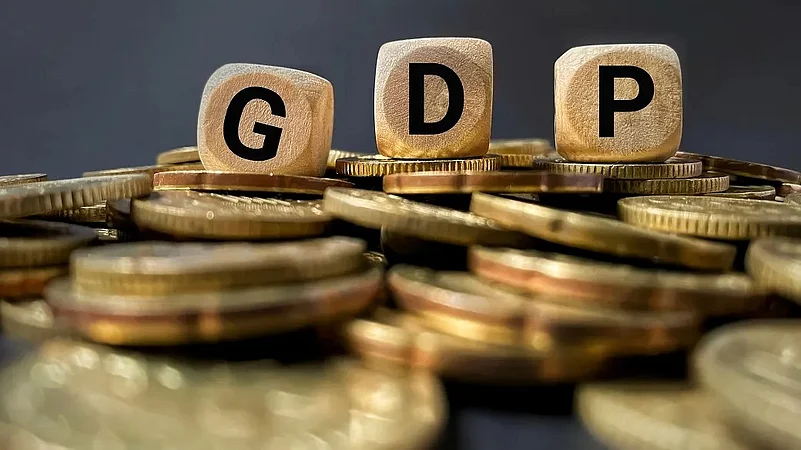
India is overhauling its GDP calculation system with a new base year and expanded datasets to reflect a more dynamic economy
The methodology upgrade strengthens the measurement of services, MSMEs, construction, agriculture, and manufacturing sector
The final series and back data will be released in February 2026
India is gearing up for a major statistical revamp as the central government is all set to modernise the GDP calculation framework ahead of a full-scale revision planned for February 2026. On November 21, the Ministry of Statistics and Programme Implementation (MoSPI) published a discussion paper detailing the proposed changes to the updated methodology.
The revised GDP series will adopt 2022-23 as the new base year. As per MoneyControl reports, the new series will be drawn on several datasets like detailed filings from Limited Liability Partnerships (LLPs), more disclosures from corporate annual returns, among others, that were not available during the last overhaul over a decade ago.
These additions are designed to sharpen estimates across institutional sectors, particularly in private enterprises and MSE-dominated areas where information has historically been patchy.
One major upgrade is the capacity to break down company turnover by individual business lines, which enable statisticians to allocate output more accurately across all activities within multi-segment firms instead of grouping everything under one primary operation.
Including LLP data is expected to close persistent blind spots in services and professional sectors. The overhaul also extends to the unincorporated sector, which was traditionally among the most challenging areas to quantify, the report said.
It added that MoSPI intends to draw more heavily on the Annual Survey of Unincorporated Enterprises (ASUSE) and labour force surveys to more accurately reflect economic activity occurring outside the formal corporate ecosystem.
The construction sector, which is among the most rapidly expanding parts of the economy, is set for a significant overhaul. The ministry also plans to shift to an updated commodity-flow method that can better distinguish patterns in material consumption, variations between pucca and kutcha builds, and the increasing use of newer construction inputs.
For agriculture, the revised framework will factor in evolving input–output relationships along with more detailed state-level data to more accurately capture the sector’s ongoing transformation.
The pricing framework is also set for a significant overhaul, with manufacturing shifting to wider use of the double-deflation technique. The new approach brings India closer to global best practices and offers a clearer view of real value added in the sector.
For other areas of the economy, MoSPI will rely on single deflation or volume-based extrapolation, which the paper notes as the next-best option, the report added.
MoSPI said more discussion papers are on the way, including those detailing proposed revisions to the expenditure side of GDP. The revised national accounts and updated back series are slated for publication on February 27, 2026, alongside the second revised estimates for FY26.



























